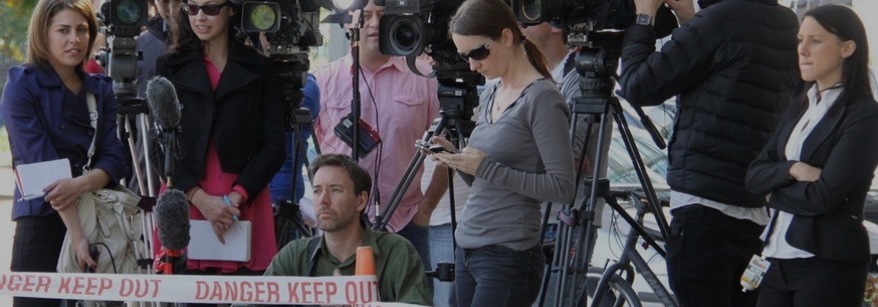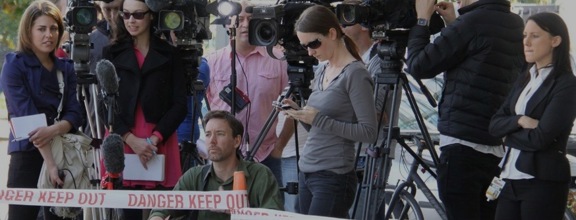

Bar calling service to stop
Following a full review of the manual bar calling service in Whakatāne, the Bay of Plenty Harbourmaster has made the decision to discontinue the service.
In Whakatāne, the Harbourmaster ‘calls the bar’ by giving a daily assessment of bar conditions for boaties to determine whether the bar is workable, workable with caution (increased risk) or closed (very high risk).
The Whakatāne bar is the only one with a bar calling service in New Zealand.
Bay of Plenty Harbourmaster Jon Jon Peters advised that the bar would no longer be called, effective from 1 March, 2024.
“Stopping the service was a decision that was not taken lightly and a lot of research, including a survey of bar users, was carried out before the decision was made.”
“There is a range of tools and technologies now available for skippers to use to check the conditions, including up to the minute weather forecasts and tides, the Coastguard live bar camera, and wave buoys,” he said.
Bar crossings are a high-risk activity where the safety of all onboard is paramount. The decision to cross the bar should always be treated with the upmost caution and ultimately it is the skipper’s legal responsibility to understand the conditions at the time they intend to cross.
The bar pole with the light will remain in place for use by the Harbourmaster to close the bar using Harbourmaster direction (under the Maritime Transport Act) in extreme weather conditions or similar justifiable circumstances. In these circumstances direct communications and liaison with 1XX and the Coastguard will be made to ensure that the message gets out.
Whakatāne bar crossing advice:
- Check the weather and tide conditions for the whole journey, and plan for potential weather changes while you are out.
- Check the Coastguard live web cam - Live camera images can help you check bar conditions and make informed decisions before heading out on the water.
- Upon arrival at Whakatāne drive or walk to the heads and take the time to double check conditions are safe for crossing both now and when you return based on the forecasted weather and tides.
- Ensure your boat has adequate stability for the conditions.
- Check your boat and make sure hatches and equipment are adequately secured.
- Make sure that everybody is wearing a lifejacket.
- Post a lookout to monitor conditions astern and approach the bar at moderate speed.
- Ensure that you are carrying two forms of communication that work even when wet.
- Make a trip report to Coastguard when departing advising of your departure location, your plans for the day and that you will be calling later to lodge a Bar Watch report before you cross the bar.
- Lodge a Trip report.
- Communicate to Coastguard that you have successfully crossed the bar and close your Trip Report.
- If in doubt, don't go out.
For further media information, please contact media@boprc.govt.nz
